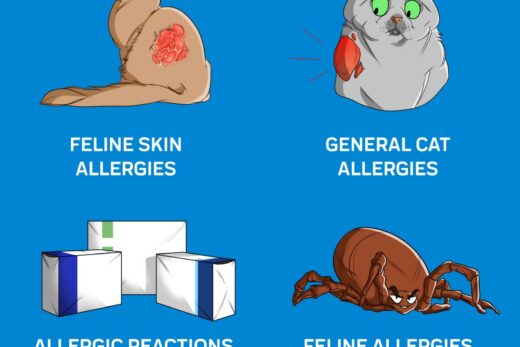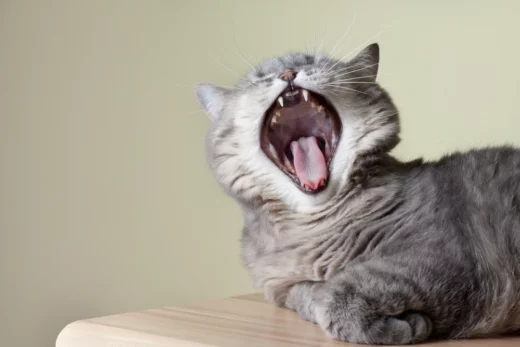Feline leukemia virus is a common, serious and infectious disease in cats. It kills 85% of infected cats and can cause other complications such as anemia and lymphoma. Some cats can shake off the virus on their own, but effective vaccination has helped to reduce the prevalence of the disease amongst cat populations. To care for your cat, it helps to recognize the symptoms of the disease so you can take speedy action.
Catching Feline leukemia
Your cat can catch feline leukemia from another infected cat as it is very contagious. It spreads through direct contact and is passed on through saliva, urine, feces and the milk of infected cats. It could be spread through a bite wound, by grooming or through the sharing of food or litter trays. A nursing mother can pass the infection on to her kittens.
The good news is that the virus cannot survive outside of the cat’s body for very long but if your cat meets other cats then the chances of infection increase. Also, be aware, a cat in the early stages of infection may look healthy but can be carrying the virus.
Indoor cats that have lived healthily with each other should be at lower risk than cats that mix with outdoor cats from another household. If you are bringing a new cat into a closed group its best to keep the new cat separate from the group and under observation before introducing them to each other. Get the new cat tested for the virus to be safe.
As a cat gets older and picks up infections, resistance seems to increase in older cats. It is the kittens and younger cats that are more susceptible to picking up the disease. Feline leukemia affects a cat’s blood and their immune system becomes suppressed. This also makes it harder for the cat to fight off other infections, bacteria, and viruses.
Symptoms
Know the symptoms of the feline leukemia virus and you will be able to consult the vet earlier if you feel your cat is not well. Visible symptoms can range from a yellowing of the mouth and the whites of the eyes, difficulty breathing, weight loss, a loss of appetite, recurring illness, seizures, and lethargy. You may also notice your cat has a fever or persistent diarrhea and maybe their coat condition is not what it used to be.
Remember that in the early stages of infection a cat may show no visible signs of the disease. Health usually deteriorates over time, sometimes gradually, sometimes rapidly. Long term complications can develop and secondary problems can complicate your cat’s health. It’s best to be vigilant and discuss your cat’s health with your vet.
Diagnosis
A blood test might detect the virus although sometimes a bone marrow sample may be needed to confirm the disease. Because it is a virus, your cat may clear the infection on its own. It is possible for your cat to test positive and then later test negative because the cat has fought off the infection.
Treatment
Feline leukemia is a virus and there is no treatment available that combats the virus. Medication can help with secondary symptoms through the use of steroids, antiviral drugs, and chemotherapy. Blood transfusions are a common way to try and treat feline leukemia. Antiviral drugs reduce the amount of virus present and can make it easier for the cat to fight off the virus on its own.





